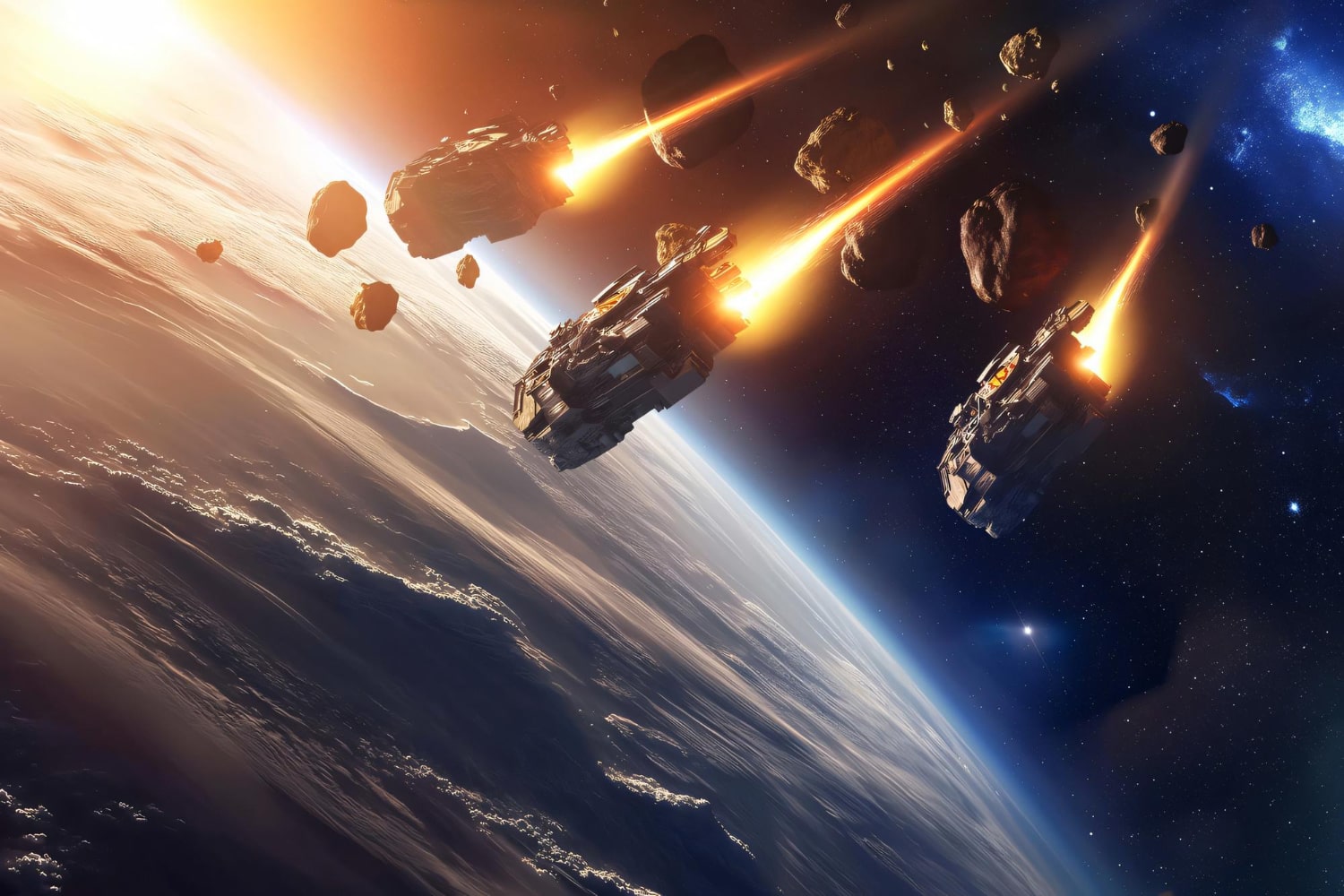The vastness of space is filled with countless celestial bodies, and among the most intriguing of them are asteroids. These rocky remnants from the early solar system hold secrets about the formation of planets and the evolution of our cosmic neighborhood. Scientists have studied them for decades, and every year, new missions reveal more about their structure, composition and behavior. Some are as small as pebbles, while others are hundreds of kilometers wide. In this article, you will discover many interesting facts about asteroids that you might not have known.
- Asteroids are considered the building blocks of planets, as they are leftover materials from the early solar system that never coalesced into planets. They formed around 4.6 billion years ago and are composed mostly of rock, metal or a combination of both.
- The largest asteroid in the asteroid belt is Ceres, which is so big that it is also classified as a dwarf planet. Ceres has a diameter of about 940 kilometers and is believed to have a water-ice layer beneath its surface, possibly containing more fresh water than Earth.
- Most asteroids orbit the Sun in the asteroid belt, located between Mars and Jupiter. However, some asteroids, known as Near-Earth Objects, cross Earth’s orbit and are carefully monitored due to their potential threat of collision.
- The term “asteroid” comes from the Greek word meaning “star-like,” because these objects appeared as points of light in early telescopes. Despite looking like stars from afar, they are rocky and solid, unlike the gaseous composition of actual stars.
- Scientists believe that an asteroid impact was responsible for the extinction of the dinosaurs about 66 million years ago. The Chicxulub crater in Mexico provides strong evidence of this massive event, which had global consequences on climate and biodiversity.
- Some asteroids have moons of their own. These are called binary asteroids, and they consist of a larger primary asteroid and a smaller satellite orbiting it. The asteroid Ida, discovered by the Galileo spacecraft, has a small moon named Dactyl.
- NASA’s OSIRIS-REx mission successfully collected samples from the asteroid Bennu and returned them to Earth in 2023. This mission provided valuable insights into the composition of ancient asteroids and the organic materials they may contain.
- There are three main types of asteroids based on their composition. C-type asteroids are carbonaceous and very dark, S-type are made of silicate materials and nickel-iron, while M-type are mostly metallic and reflect more light.
- Some asteroids rotate extremely fast, completing a full spin in just a few minutes. This rapid rotation can cause their surface material to be thrown outward or create unique shapes such as flattened spheres or dumbbell-like forms.
- Asteroids are often targeted for future mining projects because they contain valuable metals like platinum, gold and nickel. Several private companies are developing technologies to exploit these resources, which could revolutionize space exploration and industry.
- Despite their small size, some asteroids have complex internal structures. Observations suggest that many are not solid rock but rather “rubble piles” held together by gravity, consisting of rocks, dust and voids.
- The Japanese spacecraft Hayabusa2 visited asteroid Ryugu and returned samples to Earth in 2020. The mission revealed that Ryugu has a porous surface and is rich in carbon, which supports the idea that some asteroids might have brought organic material to Earth.
- Not all asteroids are shaped like spheres. In fact, many have irregular shapes, with craters, ridges and valleys caused by collisions with other space debris. Their unusual shapes are often revealed by radar imaging or spacecraft flybys.
- Astronomers sometimes discover asteroids that temporarily orbit Earth before drifting away. These mini-moons are rare and usually very small, but they provide unique opportunities to study how objects interact with our planet’s gravity.
- Some asteroids are grouped into families, which are clusters of asteroids that likely originated from a single parent body that broke apart. Studying these families helps scientists understand the history of collisions in the solar system.
- The Trojan asteroids share Jupiter’s orbit and are located in two large clusters ahead of and behind the planet. These ancient objects are thought to be some of the oldest and most primitive in the solar system.
- There are ongoing projects to develop asteroid deflection technologies to prevent possible future impacts. One method involves using spacecraft to slightly nudge the asteroid’s path, a concept tested by NASA’s DART mission in 2022.
- Some asteroids pass so close to Earth that they are visible with binoculars or small telescopes. These flybys are closely monitored, and scientists use them to gather valuable data about asteroid speed, size and surface properties.
- The study of asteroids has important implications for understanding the origin of water on Earth. Some theories suggest that icy asteroids may have delivered water to our planet during its early history through repeated impacts.
- Even small asteroids can pose a threat if they enter the Earth’s atmosphere at high speeds. Although most burn up and cause no damage, those that reach the surface can create significant craters and shockwaves.
These fascinating facts about asteroids offer a glimpse into the complex and diverse nature of these space objects. From their ancient origins to their modern exploration, asteroids continue to challenge our understanding of the cosmos. Their study not only deepens our knowledge of the solar system but also helps us prepare for potential encounters in the future. There is still much to discover, and each new mission brings us closer to unlocking their mysteries.





